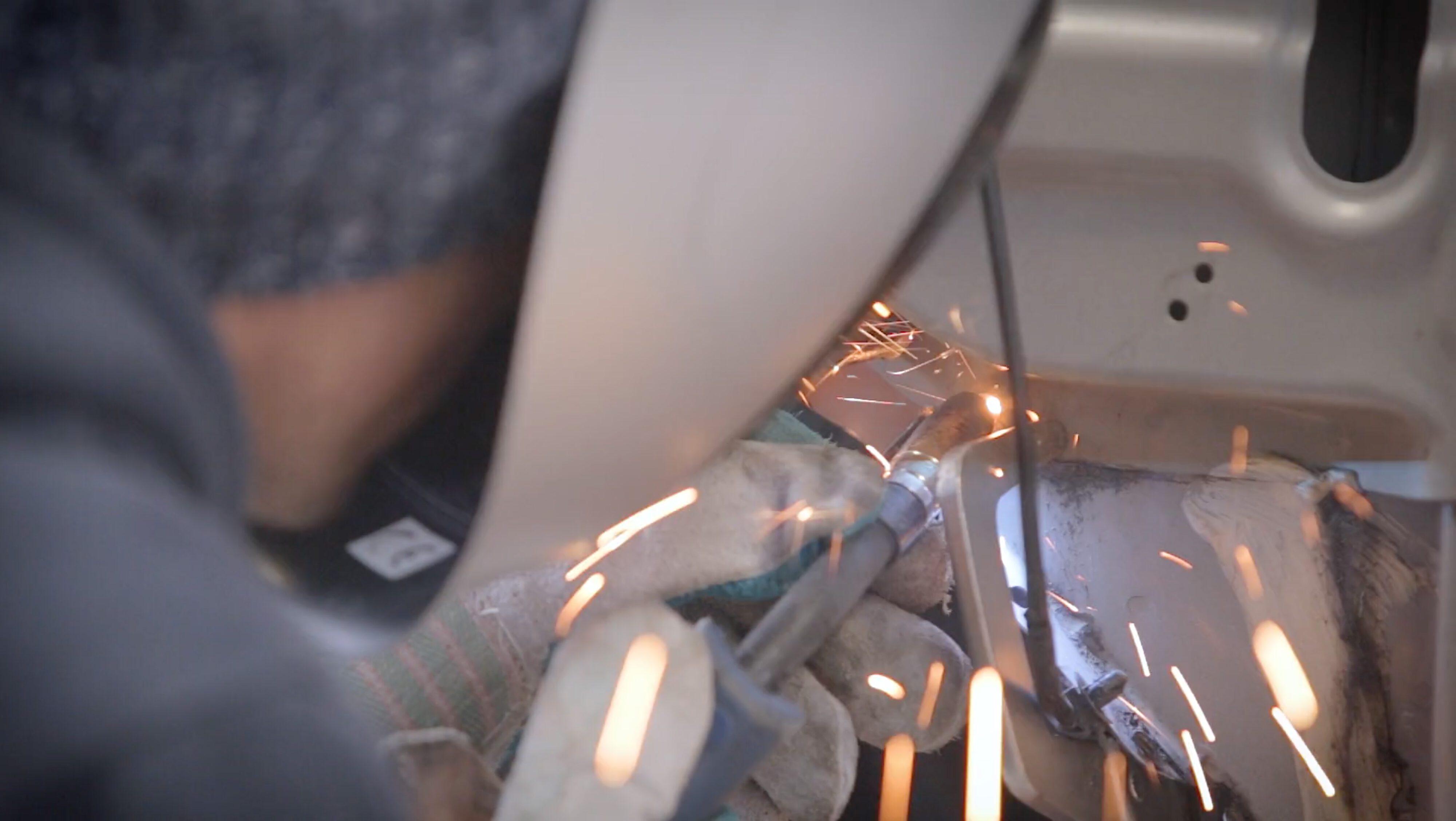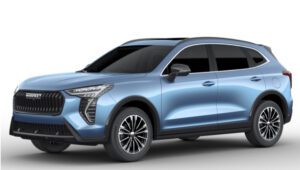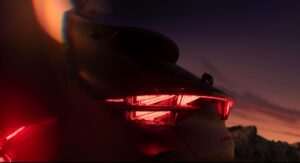PRESS RELEASE
New Zealand’s billion-dollar collision repair industry is set to lose up to 15% of its revenue to offshore owned repairers within the coming year, according to experts.
The projected loss of revenue comes at a time when the industry is facing a “perfect financial storm” of economic and environmental factors which will adversely affect its long term viability – including the pandemic, skills shortages and inflation.

New industry figures show demand for parts and repairs are down 31% on pre-Covid levels – as significantly fewer Kiwis travel in vehicles. Rising petrol prices are also contributing to an up to 20% drop in traffic volumes in the major city centres.
The reduction in vehicle collisions on New Zealand roads has boosted profitability within the motor vehicle insurance sector to a six-year-high.
In contrast, new panel repair industry research shows that cost pressures on repairers are growing rapidly; wages in the industry have increased by over 10% over the past year with other inputs including paint, consumables and services also up by as much as 15% over the same period.
Australian owned IAG insurers (AMI, State, NZI and Lumley), which collectively have over 60% share of the local market, are rapidly vertically integrating throughout New Zealand, opening high-volume panel repair shops in Auckland, Wellington, Hamilton and Christchurch.

Each of the 11 new facilities, which will operate under the ‘Repairhub’ brand, are capable of processing up to 5,000 jobs annually – four times the amount of work an average panel repairer can process and around 15% of the industry’s total volume.
Neil Pritchard general manager of the Collision Repair Association (CRA) says the insurers are now able to selectively channel the more profitable, cosmetic repair work through their claims process directly into their own repair network.
He says prior to 2019, almost all 500 collision repair shops in NZ were locally owned and the additional competition faced by the new insurer model could not have come at a worse time for the industry.
“Since its inception the local collision repair industry has been made up of hundreds of New Zealand owned panel repair shops.
“With prices dictated by insurers, the industry does not operate under the same competitive forces that most other service providers do.
“The absence of these forces creates a high level of vulnerability to external cost changes for businesses and when this is coupled with the introduction of an insurer network which can artificially capture high volumes of work from the most lucrative jobs, it places our ability to develop infrastructure for more complex, structural repairs in jeopardy.
“What we are seeing at the moment is the culmination of several economic factors which are threatening the long term viability of the industry and could see the reduction in services for Kiwi consumers.
“Reduced consumer access to repair facilities that are capable of carrying out structural repairs could see more cars being written off unnecessarily, and higher insurance costs for motorists,” he says.
Pritchard says the industry also needs more oversight to protect the interests of consumers.

“Most consumers would be unaware that the repair facility being advocated by their insurer is also owned by the insurer and the profits flow offshore rather than being retained by local businesses.
“Our concern is that with the insurance industry now effectively self-monitoring the quality of their own work, and the resulting loss of transparency in the relationship with their repairer, there is little in the way of consumer protection,” he says.










